Home>Garden Essentials>What Will Grow In Damp Shade Area In Georgia For Ground Cover?
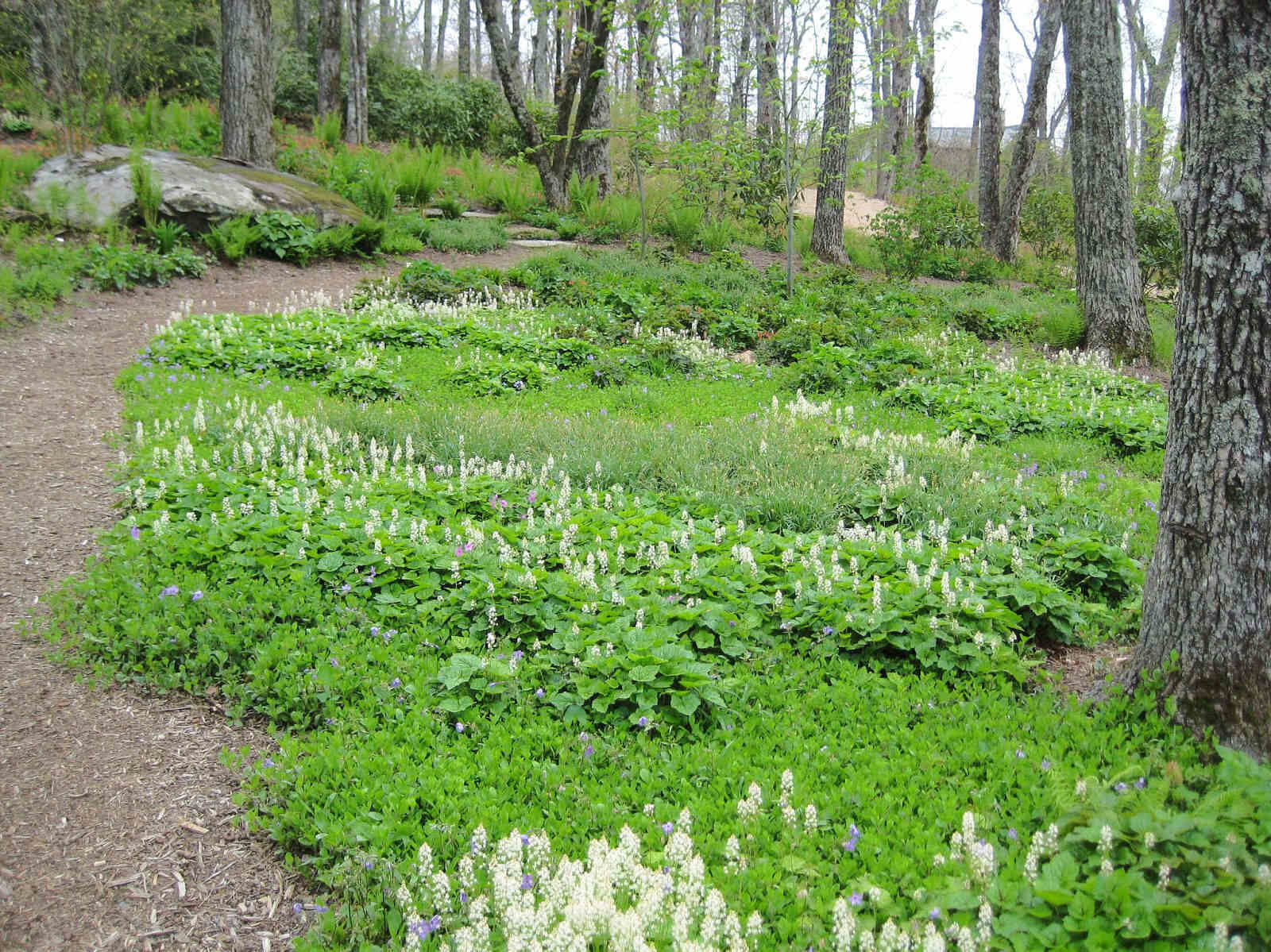

Garden Essentials
What Will Grow In Damp Shade Area In Georgia For Ground Cover?
Modified: March 20, 2024
Discover the perfect ground cover options for your garden in Georgia's damp shade area. Find out what will thrive and bring beauty to your outdoor space.
(Many of the links in this article redirect to a specific reviewed product. Your purchase of these products through affiliate links helps to generate commission for Storables.com, at no extra cost. Learn more)
Introduction
When it comes to landscaping, finding the right ground cover for a damp shade area can pose a challenge. In the beautiful state of Georgia, where the weather can be humid and the shade from native trees is abundant, it’s important to choose plants that thrive in these conditions. Whether you’re trying to create a lush garden bed or prevent soil erosion, selecting the right ground cover can make all the difference in transforming a dull area into a vibrant and inviting space.
But before delving into the options for ground cover, let’s first understand the factors to consider when choosing plants for damp shade areas in Georgia. These factors will help guide your decision-making process and ensure that you select the most suitable plants for your garden.
Key Takeaways:
- Choose native ground cover like Virginia Creeper and Wild Ginger for Georgia’s damp shade areas. They thrive in local conditions and support native wildlife.
- Maintain ground cover by watering, weeding, and pruning to ensure lush and vibrant growth in Georgia’s damp shade areas.
Read more: What Is A Good Ground Cover Plant For Shade
Factors to Consider in Choosing Ground Cover for Damp Shade Areas in Georgia
When selecting ground cover for damp shade areas in Georgia, there are several crucial factors to consider. These factors will help you narrow down your options and ensure the success of your landscaping efforts:
- Moisture Requirements: Damp shade areas tend to have high levels of moisture, so it’s important to choose plants that can thrive in these conditions. Look for ground cover plants that have a preference for moist soil or are known to tolerate wet feet.
- Shade Tolerance: Since these areas receive limited sunlight, it’s essential to select plants that can tolerate shade. Look for ground cover plants that are well-suited for shaded or partially shaded environments.
- Native Plants: Consider using native plants for your ground cover. Native plants are adapted to the local climate and soil conditions, making them more likely to thrive in Georgia’s damp shade areas. Plus, they provide important habitat for native wildlife.
- Growth Habit: Think about the growth habit of the ground cover plants. Are you looking for low-lying, creeping plants that will spread and fill in the gaps, or do you prefer taller varieties that add height and texture to the area?
- Hardiness Zone: Georgia has varying hardiness zones, so make sure to choose ground cover plants that are suitable for your specific zone. This will ensure that the plants can withstand the regional climate and temperature fluctuations.
- Soil Type: Consider the soil type in your area. Some ground cover plants prefer well-drained soil, while others can tolerate heavier or clay-based soils. Adjust your selection accordingly to provide the best growing conditions for the plants.
By taking these factors into account, you can narrow down your choices and select the most suitable ground cover for your damp shade areas in Georgia. Now, let’s explore some native and non-native options that are well-suited for these conditions.
Native Plants for Ground Cover in Damp Shade Areas
Choosing native plants for your ground cover in damp shade areas in Georgia is an excellent option. Native plants are adapted to the local climate, soil conditions, and pests, making them more likely to thrive and require less maintenance. Here are some native plant choices that work well as ground cover:
- Virginia Creeper (Parthenocissus quinquefolia): This fast-growing vine is perfect for covering large areas. With its sprawling habit and beautiful red fall foliage, Virginia Creeper adds a touch of drama to your damp shade areas.
- Wild Ginger (Asarum canadense): Known for its heart-shaped leaves and attractive flowers, Wild Ginger is a versatile ground cover option. It spreads slowly and forms a dense carpet, adding a splash of deep green to your shaded areas.
- Creeping Phlox (Phlox stolonifera): With its delicate violet flowers and low-growing habit, Creeping Phlox is an excellent choice for edging or filling gaps in your damp shade areas. It can tolerate some sun but thrives in partial shade.
- Allegheny Spurge (Pachysandra procumbens): This evergreen ground cover plant is perfect for adding texture and color to your shaded areas. With its attractive mottled leaves and fragrant white flowers, Allegheny Spurge makes a beautiful addition to any garden.
- Christmas Fern (Polystichum acrostichoides): As an evergreen fern, Christmas Fern provides year-round interest in your damp shade areas. Its dark green fronds add a touch of elegance, and it thrives in moist, shady conditions.
- Carolina Jasmine (Gelsemium sempervirens): While Carolina Jasmine is often used as a climbing vine, it can also work as a ground cover plant. Its bright yellow, fragrant flowers and glossy green leaves create a stunning display in shaded areas.
These native ground cover options not only provide beauty and texture to your garden but also contribute to the biodiversity of your local ecosystem. Now, let’s explore some non-native alternatives that can thrive in damp shade areas in Georgia.
Non-Native Options for Ground Cover in Damp Shade Areas
If you’re open to incorporating non-native plants into your damp shade areas in Georgia, there are several options that can thrive in these conditions. These non-native ground cover plants not only bring unique colors and textures to your landscape but also offer excellent coverage and adaptability. Here are some non-native options to consider:
- English Ivy (Hedera helix): Known for its ability to climb and cover walls, English Ivy can also be used as a ground cover in shaded areas. It has dense foliage and can tolerate a wide range of soil conditions, making it a versatile choice.
- Japanese Spurge (Pachysandra terminalis): Japanese Spurge is a popular ground cover choice due to its ability to thrive in shady conditions. It forms a dense carpet of glossy green leaves and can tolerate varying levels of moisture.
- Liriope (Liriope spicata): Liriope, also known as Lilyturf, is a low-maintenance ground cover option. It features grass-like foliage and produces spikes of purple or white flowers, adding a pop of color to your shaded areas.
- Periwinkle (Vinca minor): Periwinkle is a hardy ground cover plant that thrives in shaded areas with moist soil. It produces charming blue or white flowers and spreads quickly, making it ideal for filling in large areas.
- Japanese Painted Fern (Athyrium niponicum): With its striking silver and green foliage, Japanese Painted Fern adds a touch of elegance to your damp shade areas. It prefers moist soil and partial shade, making it an ideal choice for under tree canopies.
- Epimedium (Epimedium spp.): Also known as Bishop’s Hat, Epimedium is a versatile ground cover plant that thrives in damp shade areas. It features delicate flowers and attractive foliage, adding a delicate charm to your garden.
These non-native ground cover options can provide an array of colors and textures to your damp shade areas. However, it’s important to keep an eye on their growth patterns and potential invasiveness in your local area. Now that we have explored both native and non-native options, let’s highlight some of the best ground cover choices for damp shade areas in Georgia.
Consider planting ground covers such as ferns, hostas, and ajuga in damp shade areas in Georgia. These plants thrive in moist, shaded conditions and will provide beautiful coverage for your garden.
Best Ground Cover Choices for Damp Shade Areas in Georgia
When it comes to selecting the best ground cover for damp shade areas in Georgia, there are several standout choices that are well-suited to thrive in these conditions. Whether you prefer native plants or non-native options, these ground covers provide excellent coverage, beauty, and adaptability:
- Allegheny Spurge (Pachysandra procumbens): This native evergreen ground cover is a top choice for its ability to thrive in damp shade areas. It features attractive mottled leaves and delicate, fragrant white flowers.
- Virginia Creeper (Parthenocissus quinquefolia): With its remarkable ability to cover large areas, Virginia Creeper is an excellent ground cover choice. It provides a dramatic display with its vibrant red fall foliage.
- Japanese Spurge (Pachysandra terminalis): As a non-native option, Japanese Spurge is highly adaptable and can tolerate a wide range of soil types in damp shade areas. Its glossy green leaves form a dense carpet, adding texture to your landscape.
- Liriope (Liriope spicata): Ideal for filling gaps in shaded areas, Liriope’s grass-like foliage and spikes of purple or white flowers bring color and texture to your garden. It is a low-maintenance ground cover choice.
- Wild Ginger (Asarum canadense): Known for its unique heart-shaped leaves and attractive flowers, Wild Ginger makes a lovely ground cover option. It spreads slowly and forms a dense carpet in damp shade areas.
- Periwinkle (Vinca minor): This non-native ground cover is a popular choice for its ability to tolerate shade and moist soil. It spreads quickly, forming a carpet of charming blue or white flowers.
These ground covers offer a range of colors, textures, and growth habits, allowing you to create a diverse and visually appealing landscape in your damp shade areas. Consider mixing and matching these choices to create a dynamic and captivating ground cover display.
Next, let’s explore some maintenance tips to ensure that your ground cover thrives in damp shade areas.
Maintenance Tips for Ground Cover in Damp Shade Areas
To keep your ground cover thriving in damp shade areas in Georgia, it’s important to provide proper care and maintenance. Follow these tips to ensure the health and beauty of your ground cover:
- Regular Watering: While damp shade areas tend to have higher moisture levels, it’s still essential to monitor the watering needs of your ground cover. Water consistently to keep the soil evenly moist, especially during dry periods.
- Weeding: Regularly remove weeds that may compete with your ground cover for nutrients and space. Weed by hand or use mulch to suppress weed growth and maintain a clean and manicured appearance.
- Pruning: Some ground cover plants may benefit from occasional pruning to maintain their shape and prevent overgrowth. Trim back any damaged or overgrown stems to promote better airflow and healthy growth.
- Mulching: Apply a layer of organic mulch around your ground cover plants to help retain moisture, regulate soil temperature, and suppress weed growth. Make sure to maintain a mulch depth of 2-3 inches, avoiding direct contact with the plant stems.
- Fertilizing: Use a slow-release, balanced fertilizer specifically formulated for ground cover plants. Follow the recommended application rates and timings to provide the necessary nutrients and support healthy growth.
- Monitoring for Pests and Diseases: Regularly inspect your ground cover for any signs of pests or diseases. Early detection and intervention can prevent potential damage and ensure the overall health of your plants.
- Dividing and Transplanting: Some ground cover plants may benefit from occasional division or transplanting to control their spread or rejuvenate their growth. Follow specific plant guidelines and best practices for dividing and transplanting.
- Seasonal Care: Different ground cover plants have varying seasonal care requirements. Stay aware of any specific care instructions for your chosen ground cover and adjust your maintenance routine accordingly.
By following these maintenance tips, you can ensure that your ground cover remains healthy, lush, and vibrant in your damp shade areas. Remember to regularly assess the condition of your plants and make any necessary adjustments to your care routine.
Now that you have all the essential information for selecting, planting, and maintaining ground cover in damp shade areas, you’re ready to create a stunning and thriving landscape in your Georgia garden.
Happy gardening!
Conclusion
Choosing the right ground cover for damp shade areas in Georgia can transform a dull and underutilized space into a vibrant and inviting part of your garden. By considering factors such as moisture requirements, shade tolerance, native or non-native options, growth habit, hardiness zone, and soil type, you can make an informed decision and select plants that will thrive in your specific conditions.
Native plants like Virginia Creeper, Wild Ginger, and Christmas Fern are excellent choices as they are well-adapted to the local climate and provide important habitat for native wildlife. Non-native options such as English Ivy, Japanese Spurge, and Periwinkle offer unique colors and textures that can enhance the visual appeal of your garden.
Proper maintenance is crucial for the health and longevity of your ground cover plants. Regular watering, weeding, pruning, mulching, fertilizing, and monitoring for pests and diseases are essential tasks to keep your ground cover thriving. Additionally, dividing and transplanting, when necessary, can help control the spread and revitalize growth.
Remember that each ground cover plant may have specific care requirements, so be sure to familiarize yourself with their individual needs and make adjustments accordingly.
Incorporating ground cover in your damp shade areas not only adds beauty and texture to your garden but also provides various benefits such as preventing soil erosion, reducing weed growth, conserving moisture, and creating habitats for beneficial insects and wildlife.
With the information provided in this article, you now have the knowledge to select, plant, and maintain the best ground cover for your damp shade areas in Georgia. Create an enchanting and thriving landscape that will be the envy of your neighbors and enjoy the beauty and serenity that these plants bring to your outdoor space.
Happy gardening!
Frequently Asked Questions about What Will Grow In Damp Shade Area In Georgia For Ground Cover?
Was this page helpful?
At Storables.com, we guarantee accurate and reliable information. Our content, validated by Expert Board Contributors, is crafted following stringent Editorial Policies. We're committed to providing you with well-researched, expert-backed insights for all your informational needs.
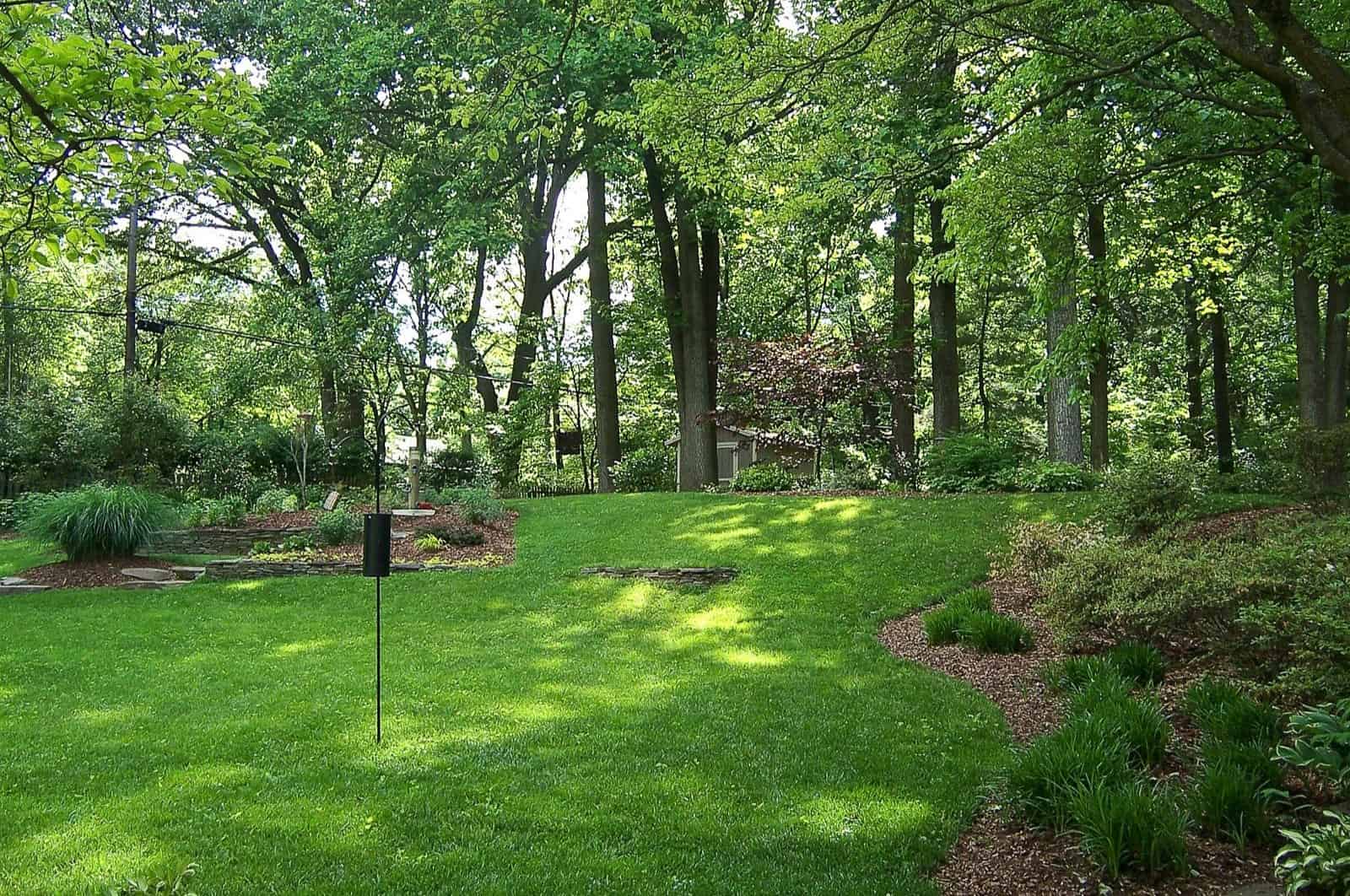
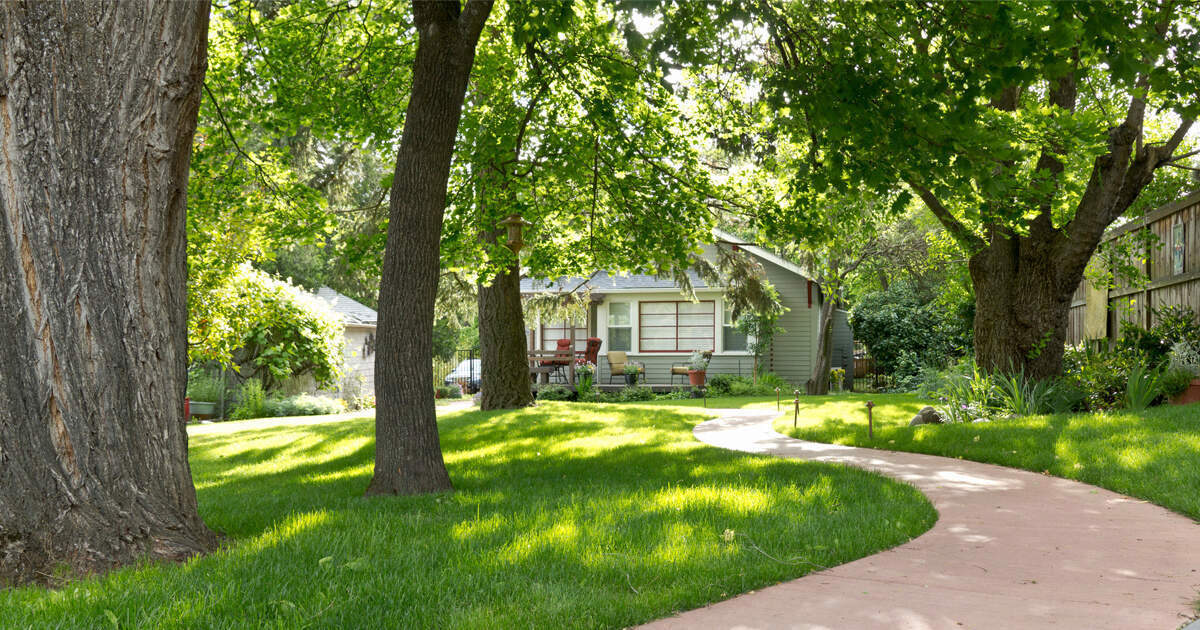
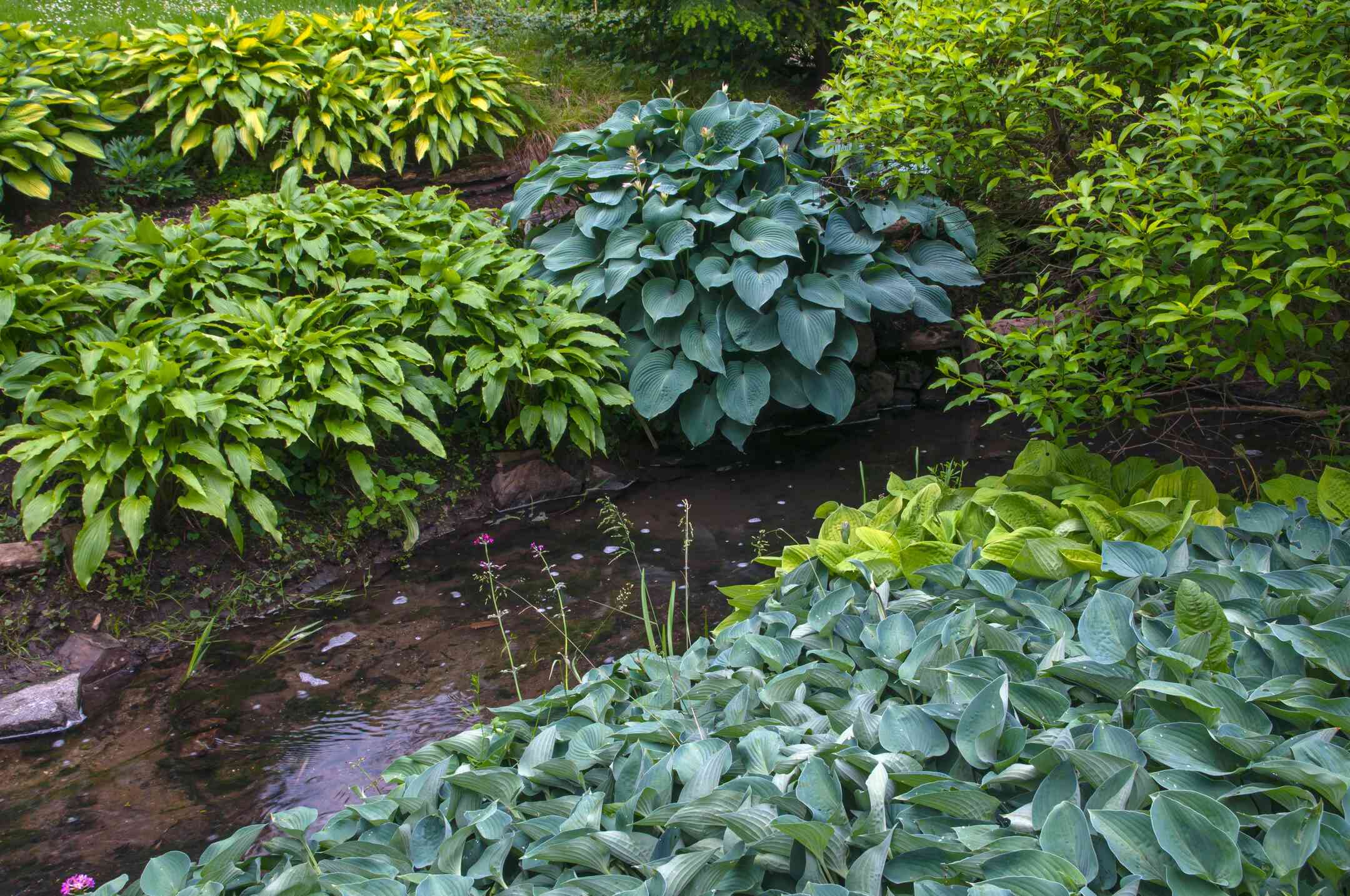
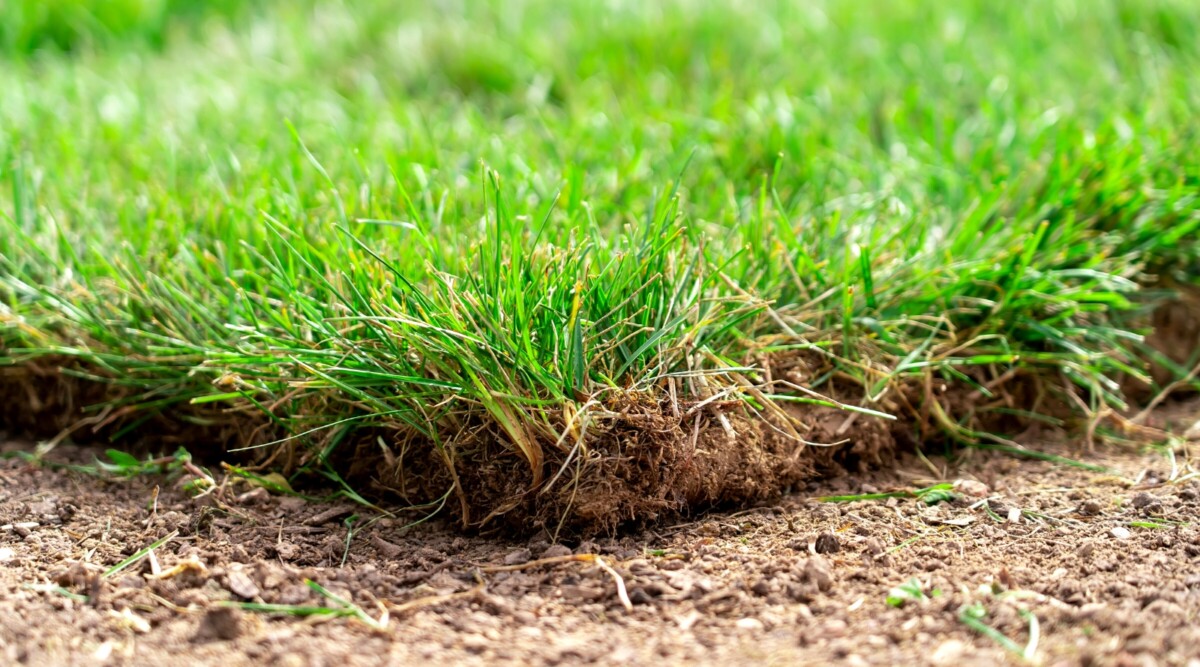
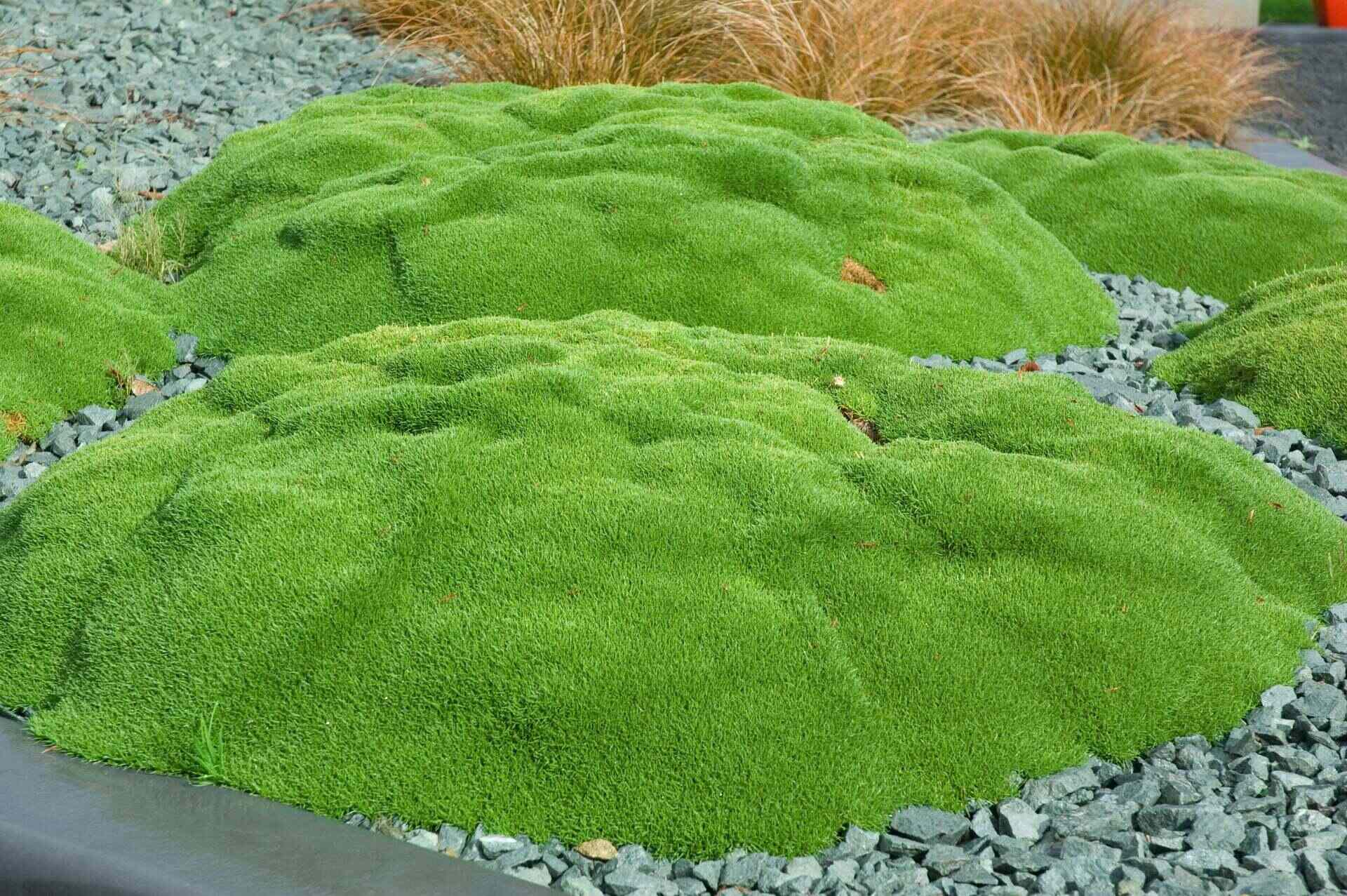
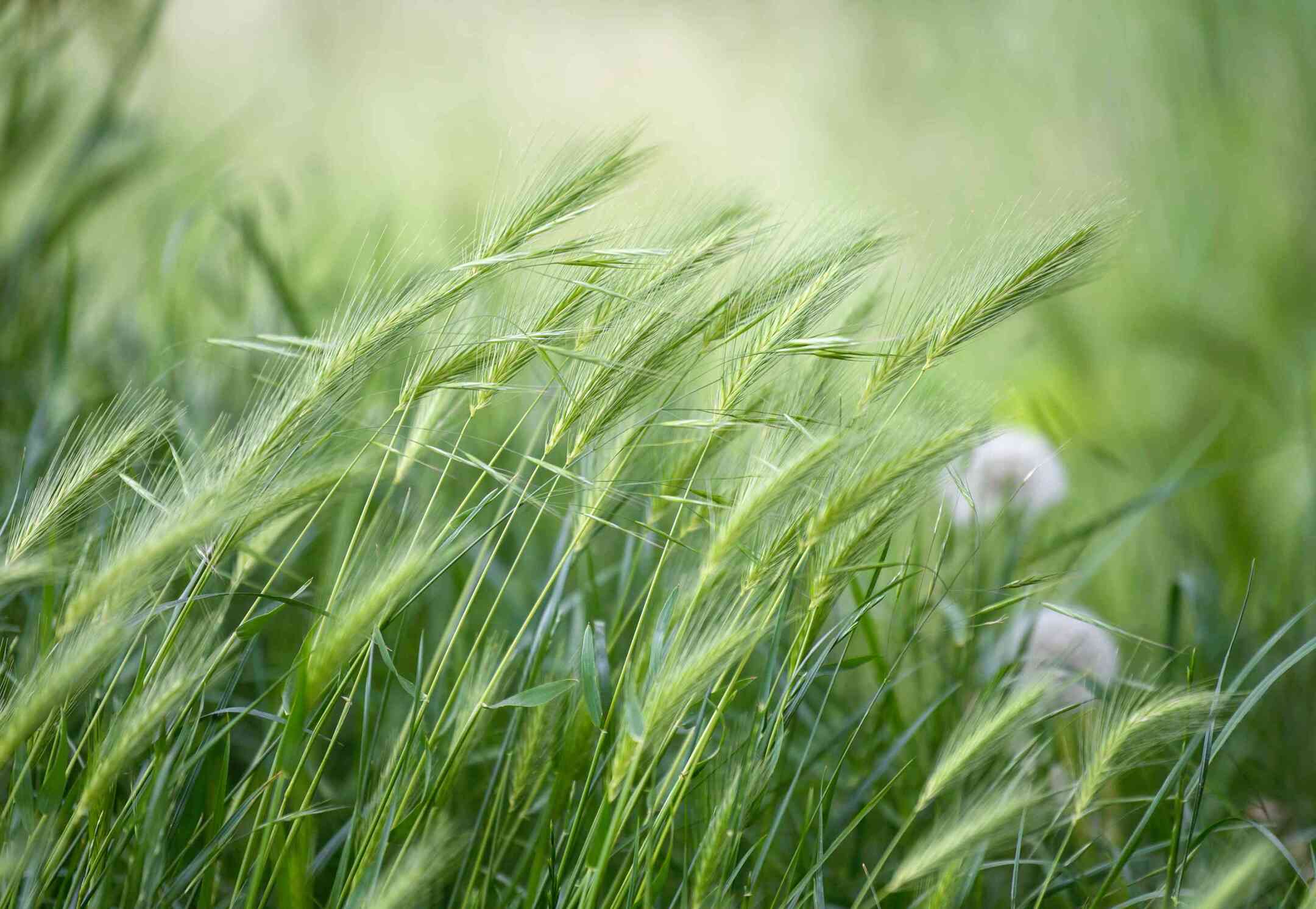
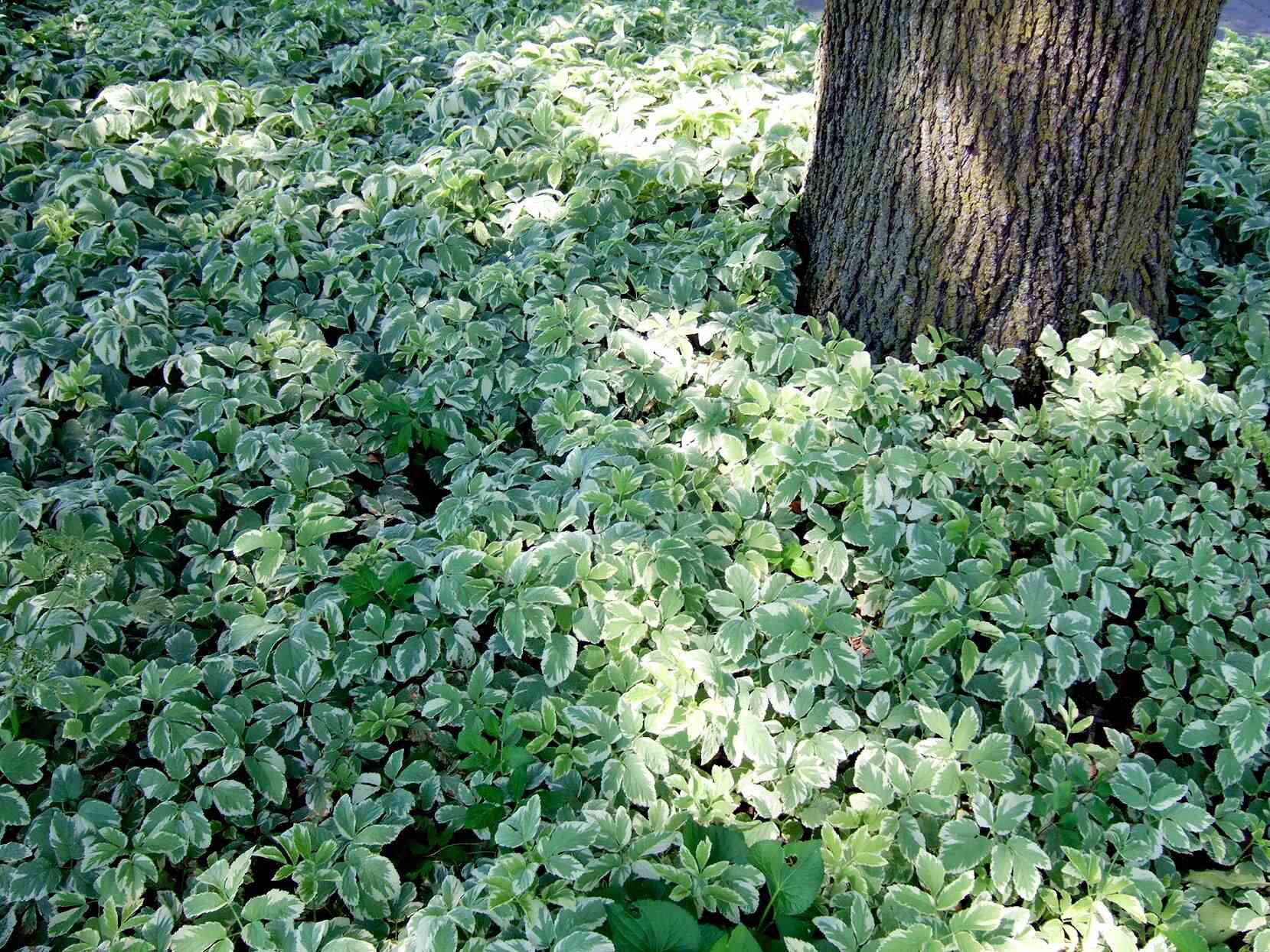
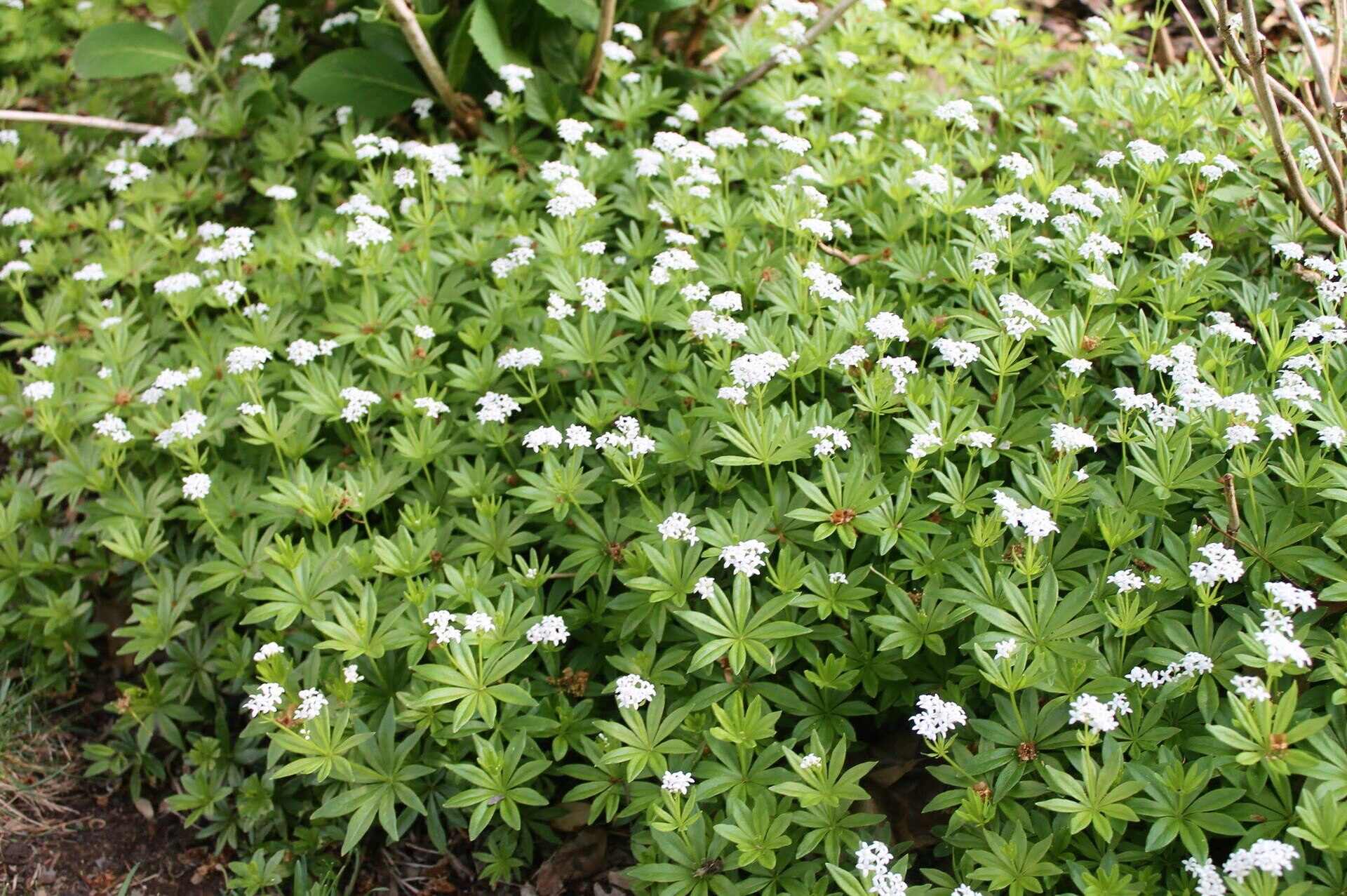

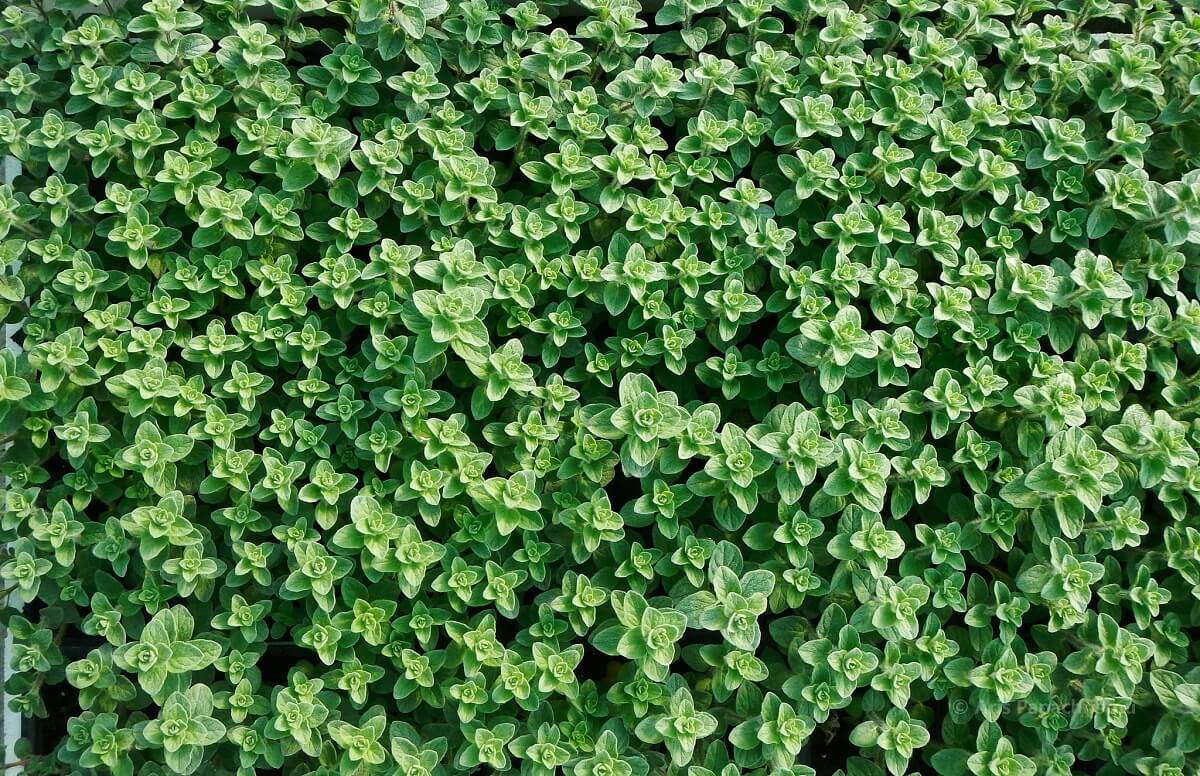
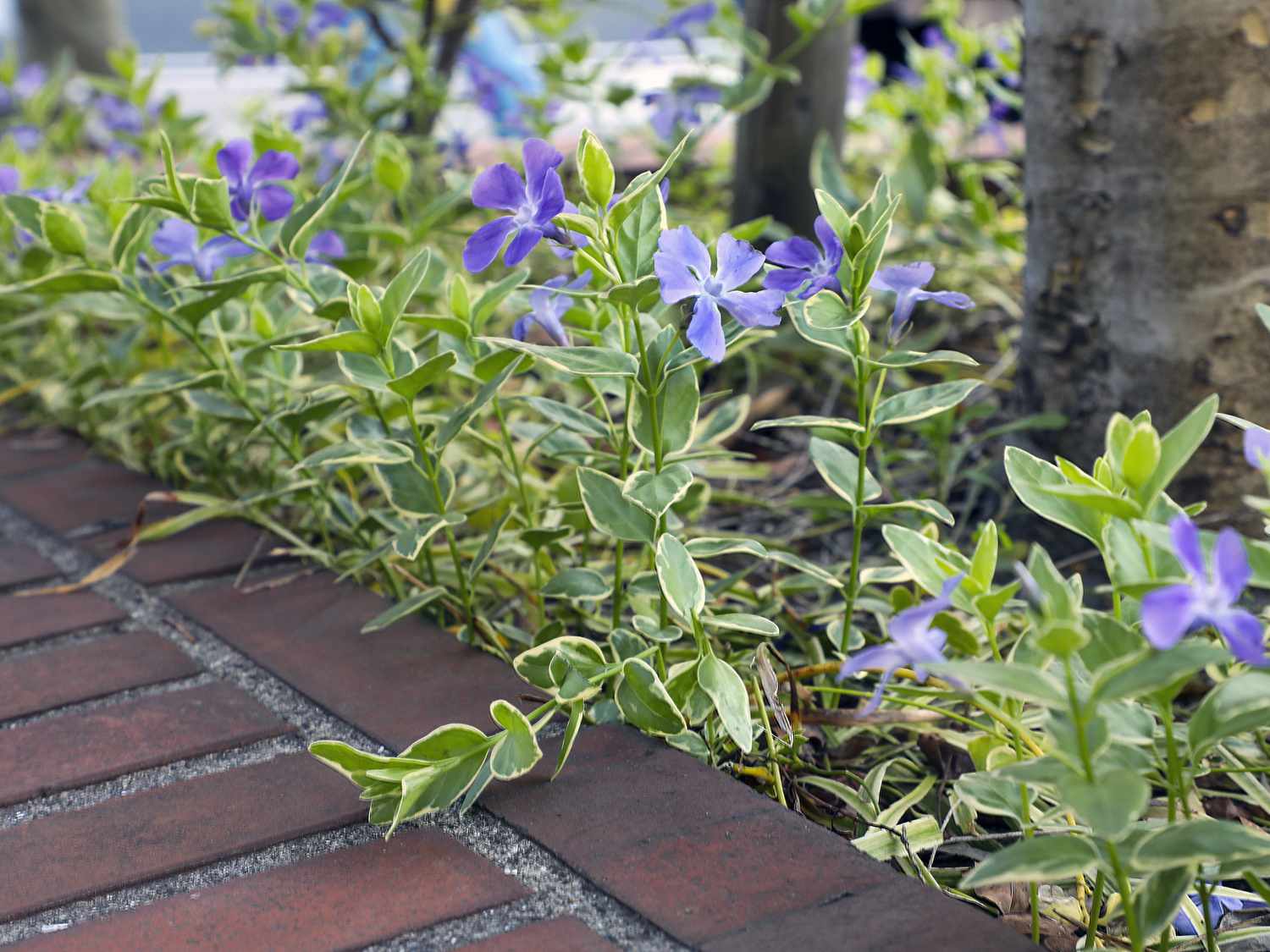
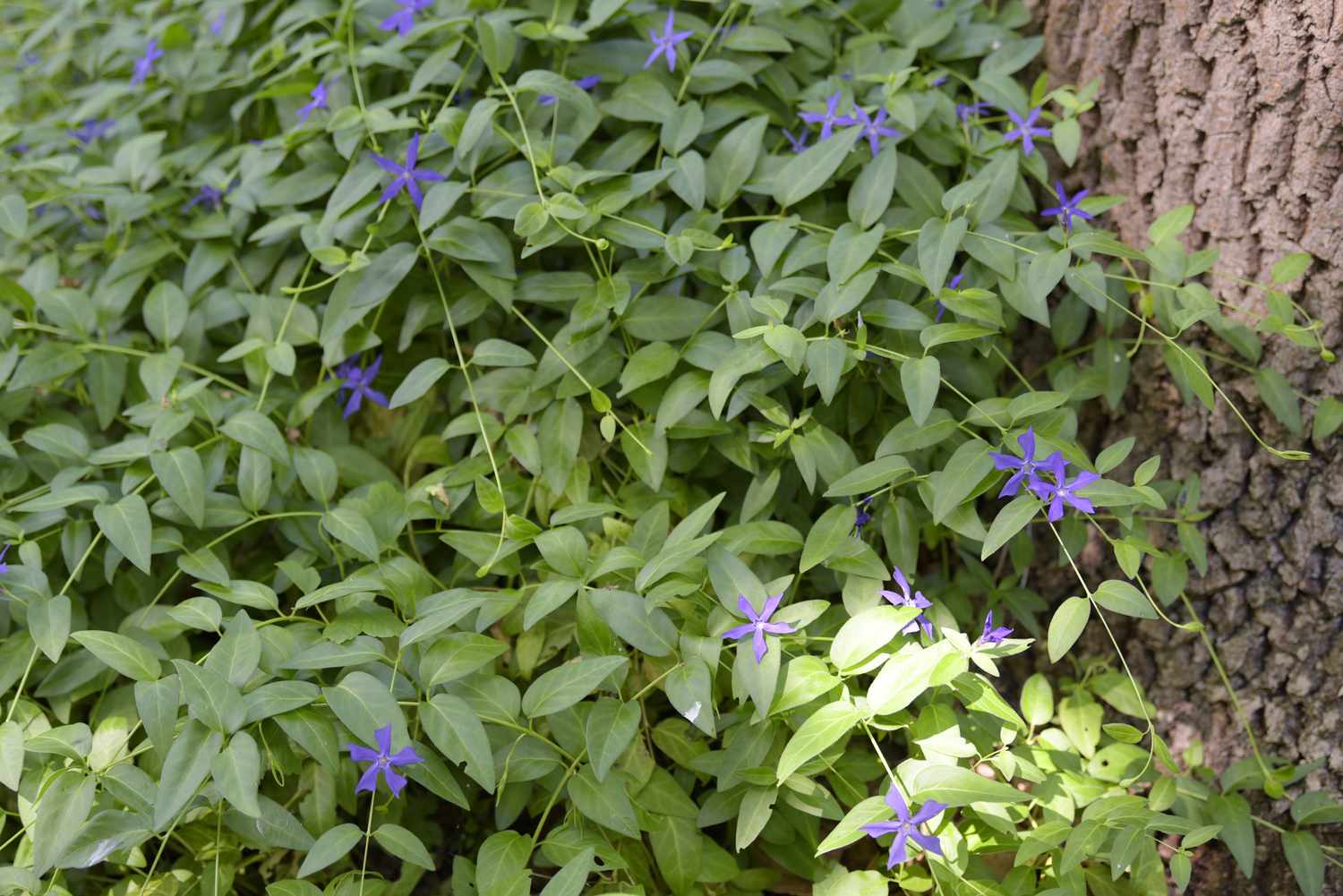
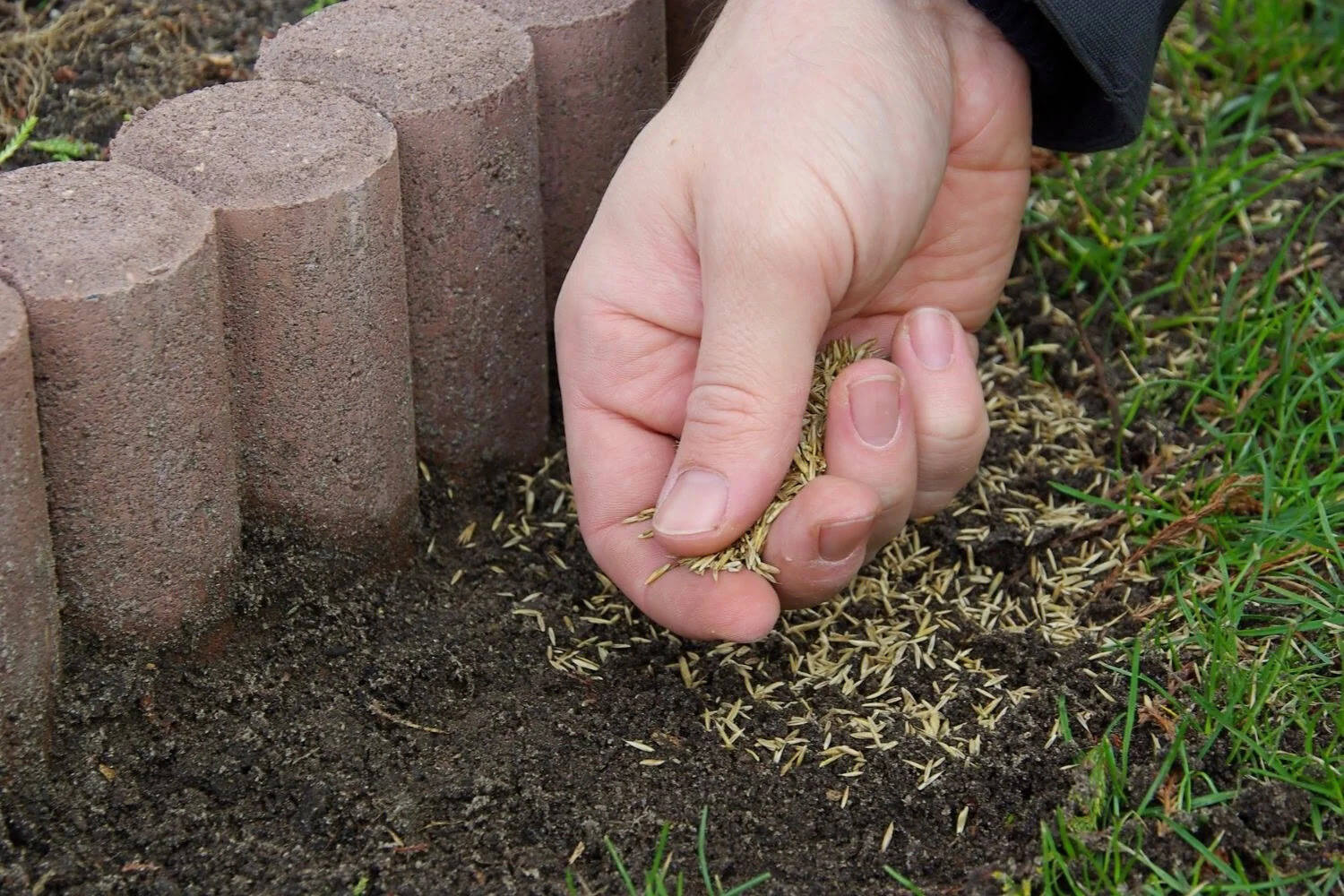
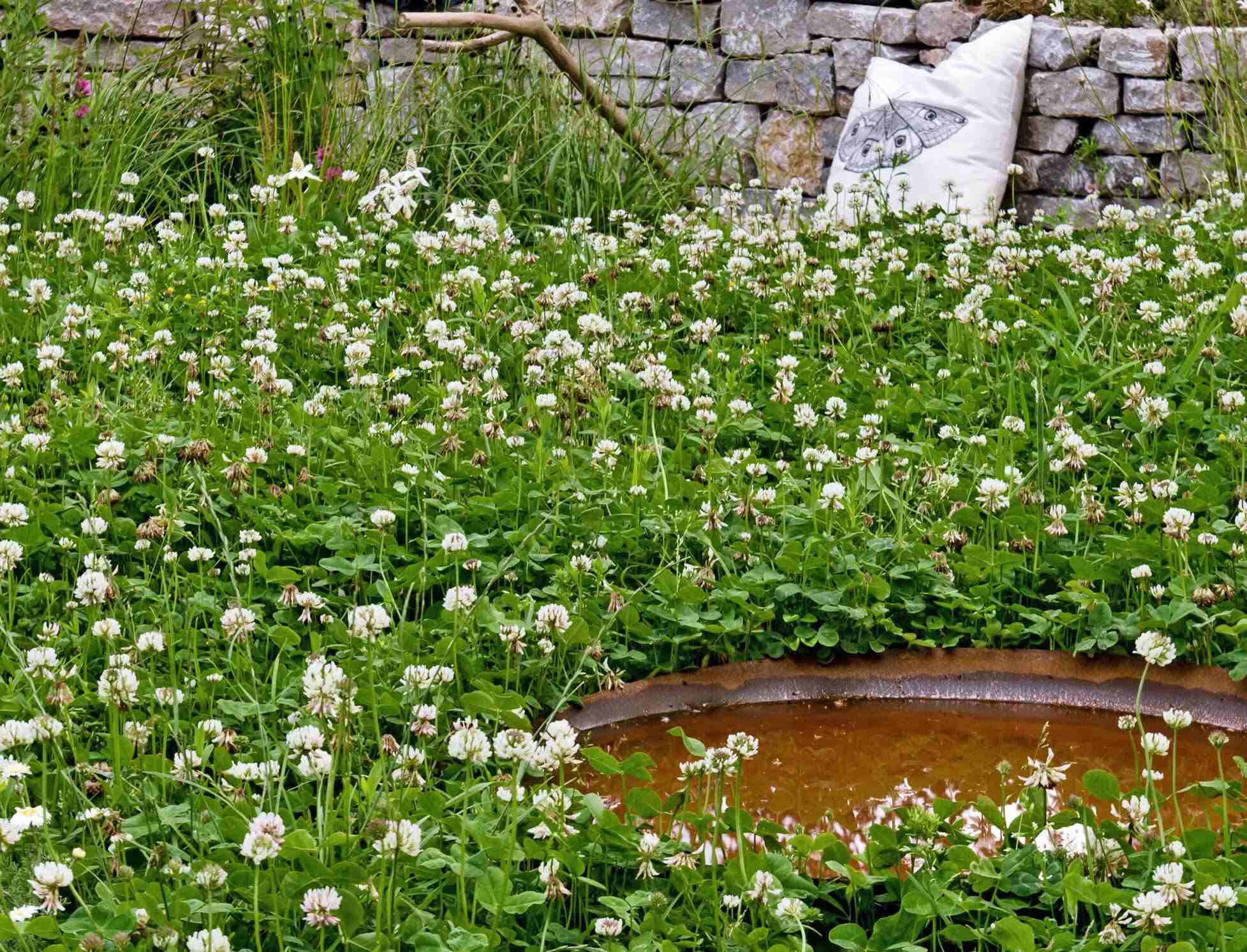

0 thoughts on “What Will Grow In Damp Shade Area In Georgia For Ground Cover?”